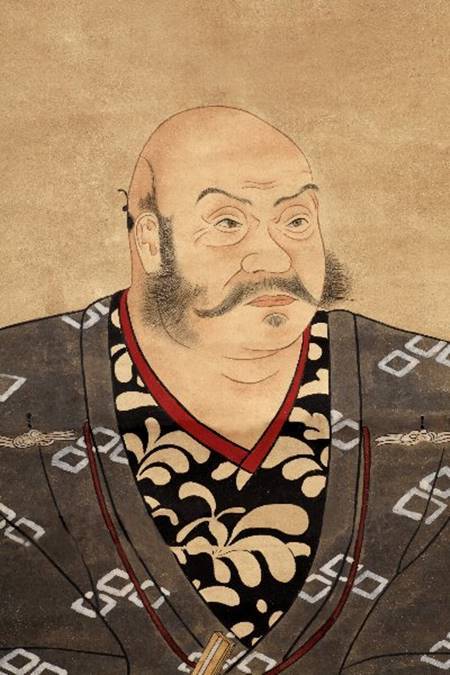This is all about Takatō Castle Ruins you want to know.
Every information you get on this site will be from a credible source based on Japanese history (books for reference).

Collected by the Inagaki family, the Toba Daimyō from the mid-Edo period to the Meiji Restoration, as materials for military studies. There are about 350 illustrations, but there is no uniformity because only illustrations of castles, illustrations including castle towns, and old battlefield illustrations are mixed.
Another typical example of a castle picture in the Edo period is "The Shōhō Shiroezu", picture of the castle and castle town that the Edo Shogunate ordered the daimyō to create and submit,aggregating military information such as the buildings inside the castle, the height of the stone wall, the width of the moat and the water depth, etc., it also details the location and shape of the castle town and the mountain river.
Profile : Takatō Castle Ruins
| Location | Ina City, Nagano Prefecture |
| Also known as | Kabutoyama Castle |
| Type of castle | Hilltop |
| Mountain's name | ー |
| Elevation | 800m |
| Condition | Ruins |
| Designation | National Historic Sites |
| Year built | unknown |
| Abolished | 1872 |
| Castle lord | unknown |
| Refurbishment lord | Takeda Shingen |


The family crest was originally created from the pattern that the emperor and the royal family put on the kimono, and the pattern was made into a fixed pattern, and the one attached to his own oxcart is said to be the beginning of the family crest. The warlords drew large crests on the flag-fingers, used to distinguish enemy views on the battlefield, and used by the generals to determine which warlords were active and how much.


Takatō Castle Ruins admission
admission fee : free ※Sakura Festival (April 1-April 30) : 500yen (above high school students) 250yen (above elementary school students)
admission time : free
closing period : reference official site
Takatō Castle Ruins Google Map
Takatō Castle Ruins Images

Enlarged Honmaru, Ninomaru, Sannomaru and multiple kuruwa, separated by trenches, cleverly utilizing the natural terrain.
Although it was a territory of the "Takeda-style castle method", Oda Nobunaga's "Koshū attack" dropped the castle in just one day.



During the Tokugawa period, the drums at the castle gate were sounded when an even number of hours came every day. It was said that was very useful to inform the leaving of the clan and the time of the castle townspeople (from sign board)


Honmaru stands behind the cliffs of the Mibu River, and is a solid turf that surrounds it in a semicircular shape with Ninomaru and Sannomaru, and is tightly guarded by trenchs between the kuruwa and the earthworks. At present, almost no buildings remain. Instead, stone walls, trenches and earthworks give you the atmosphere of the Warring States period.


At the beginning of 19th century, there was a local celebrity named Hirose Jirōzaemon who runs the brewing industry. Named after his pen name "White rabbit", who was good at waka(和歌) and Kyōgen(狂言) (from sign board)



Link-1 : A castle closely related to [block]6[/block]
【east japan】Minowa Castle 【central japan】Tsutsujigasaki-yakata 【central japan】 Komoro Castle 【central japan】Matsushiro Castle 【central japan】Nagashino Castle 【central japan】Takatō Castle
Link-2 : Japanese three most famous place for cherry blossoms
【north japan】Hirosaki Castle 【west japan】Mt.Yoshino (official site) 【central japan】Takatō Castle
